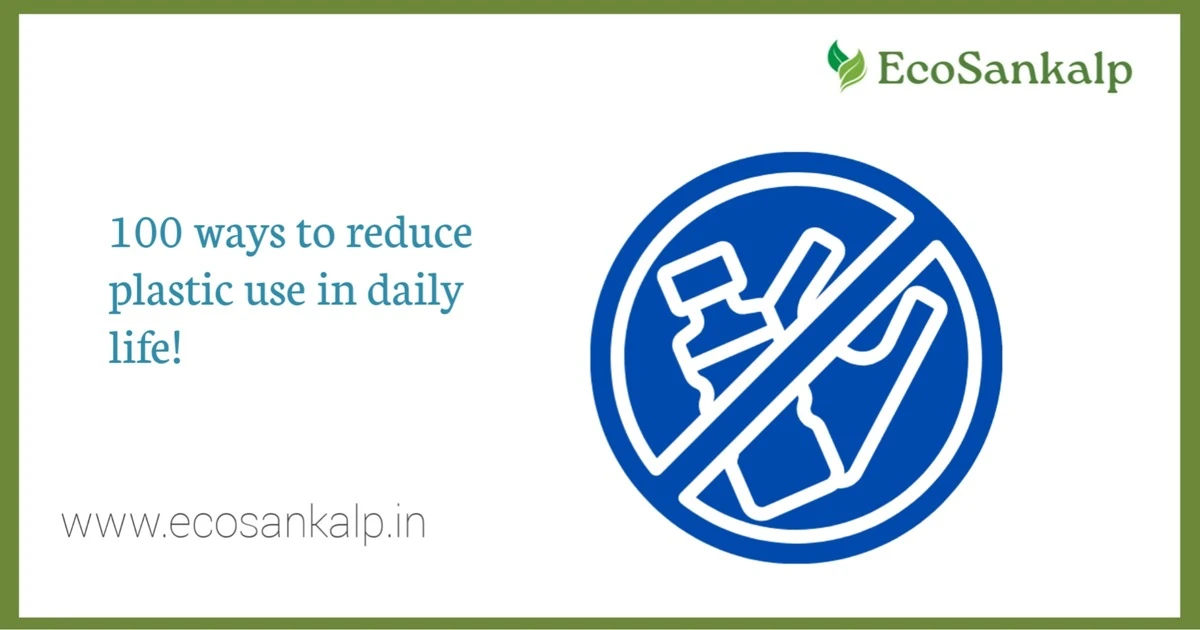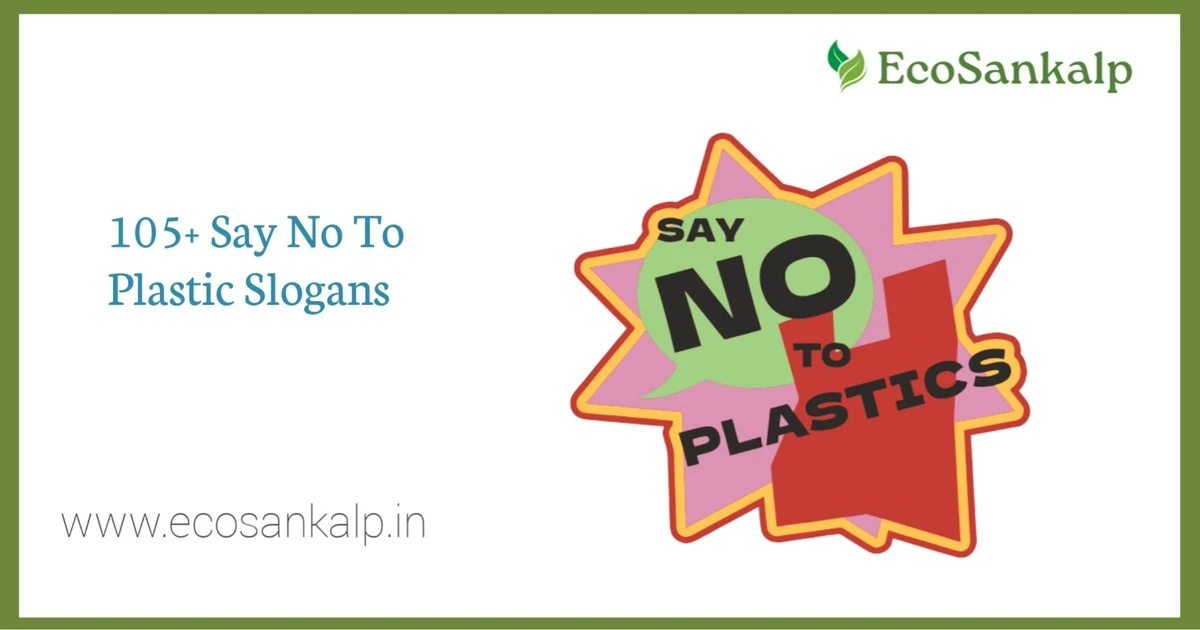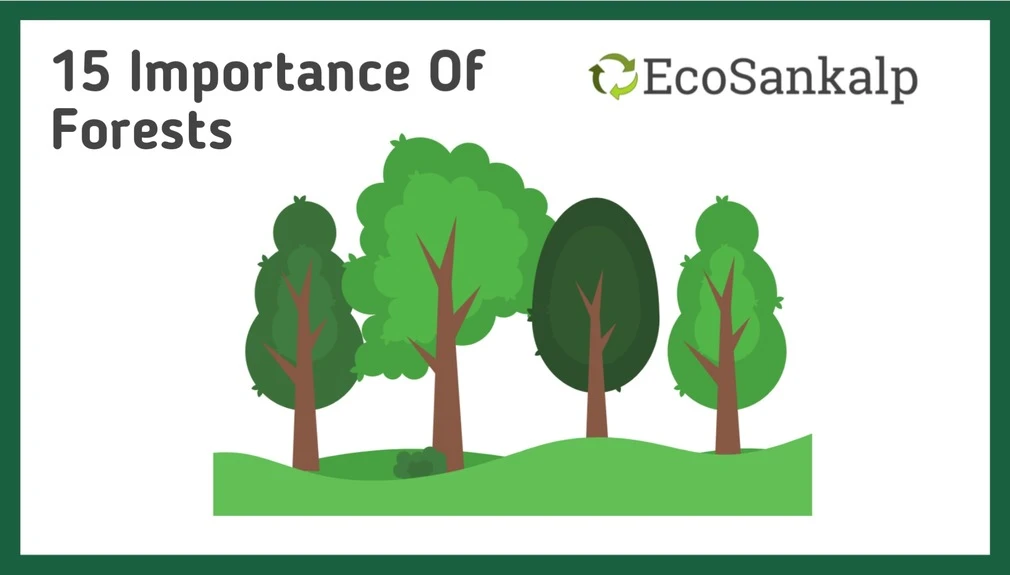In this modern era where people often prefer cheap and trendy apparel, fast fashion has captured the industry.
According to the United Nations Environment Programme (UNEP), the fast fashion industry is responsible for 10% of global carbon emissions and plays a significant role in resource depletion.
Behind the allure of cheap, trendy, and stylish garments they provide, we often overlook their impact on the ecosystem.
In this post, you’ll know 13 negative impacts of fast fashion on the environment and society.
Page Contents
What Is Fast Fashion?
Fast fashion is a business model and approach to producing fashion products especially clothing that has negative consequences on the environment and user’s health.
They’re typically low quality and trendy, as a result, users need to replace them more frequently which adds to pollution, resource depletion, and climate change.
Key characteristics of fast fashion:
- Rapid production: Fast fashion introduces and promotes trendy styles that change weekly and even daily so people need to buy more frequently to stay on the latest trend.
- Low cost: Fat fashion garments are typically affordable, so they’re more accessible and easily consumed by most consumers so they get more sales.
- Trend-focused: Fast fashion follows current trends and popular styles to make garments, which out-trend in days or a month.
- Short product life cycles: Fast fashion garments are designed to be worn for short periods, as a result, users need to replace them more often, which increases waste creation and pollution.
- Resource Depletion: Most Fast fashion industries are involved in the excessive use of natural resources such as water, energy, and textiles, and are responsible for significant amounts of global carbon emissions.
The Environmental and Social Impact of Fast Fashion
These are 13 environmental and social impacts of fast fashion culture:
1. Resource Depletion
Natural resources like water and other essential raw materials are limited on the Earth. However, fast fashion products are made using excessive amounts of water, energy, and other resources, resulting in more resource depletion.
2. Water Scarcity
Fresh water is finite! However, fast fashion consumes a massive amount of water in its production process. Research shows the industry is the second biggest consumer of water and requires a significant amount of water to produce each garment.
Furthermore, fast fashion is also responsible for pollution in landfills that contaminate water. There are many ways the industry has a role in water pollution and scarcity.
3. Land Degradation
Fast fashion typically requires an intensive amount of raw materials like cotton and other textiles. However, the intensive farming of those materials can lead to soil erosion, degradation, and loss of biodiversity.
4. Air Pollution
Research shows fast fashion industry is solely responsible for for 10% of global carbon emissions, which are contaminating the freshness of the air.
5. Waste Generation
Due to being trend-driven, fast fashion products are discarded in less time (even in weeks or months). Many people who love to stay on the glamour of trend discard their garments in weeks. Therefore, it leads to more pollution in landfills.
6. Microplastic Pollution
Fast fashion brands use synthetic fibres like Polyester, Nylon (Polyamide), Acrylic, Polypropylene, Spandex (Elastane), Polyethylene, Modal, Rayon (Viscose), etc., these materials are not easy to digest by the environment, meaning they take hundreds of years to decompose naturally. Furthermore, these synthetic fibres release tons of microplastics that will end up in oceans, disturbing aquatic lives.
7. Labour Exploitation
Most fast fashion brands are often founded on providing low wages, long working hours, unsafe working conditions, and a lack of labour rights.
8. Health Risks
Most fast fashion brands often aim to produce their products as low a cost as possible, for this, they even don’t stop using hazardous chemicals and materials that can pose health risks to workers, consumers, and the public.
9. Child Labour
Many fast fashion production sometimes incorporates child labours to minimize their labour costs, taking advantage of their susceptibility.
10. Cultural Exploitation
Many fast fashion brands often replicate traditional designs and symbols into their new products without proper acknowledgement or respect for the particular cultural significance, which misrepresents and exploits cultural values.
11. Use of Chemicals
They often use chemical colours and other liquids during the dyeing and finishing of their products which can harm users’ health.
12. Animal Harassment
Many fast fashion brands are often involved in animal exploitation for their skin, fur, and other parts to make their sophisticated leather fashion products such as handbags, belts, clothes, and more.
13. Unsustainable Materials
The environmental impact of fast fashion comprises using unsustainable or toxic materials that pollute air, water, and soil if they’re not properly disposed of after use. Most of the materials they use in their production are non-recyclable and non-biodegradable.
Conclusion
There are countless ways, fast fashion is harming the whole ecosystem. However, this is not a thing which can not be rectified.
Some adaptions of ethical practices by the brands can change the current scenario. Fast fashion brands need to take some sustainable steps to reduce their carbon emissions on the environment.
By choosing sustainable materials, using minimal resources, and minimizing trendy production could be the biggest steps for the planet.


